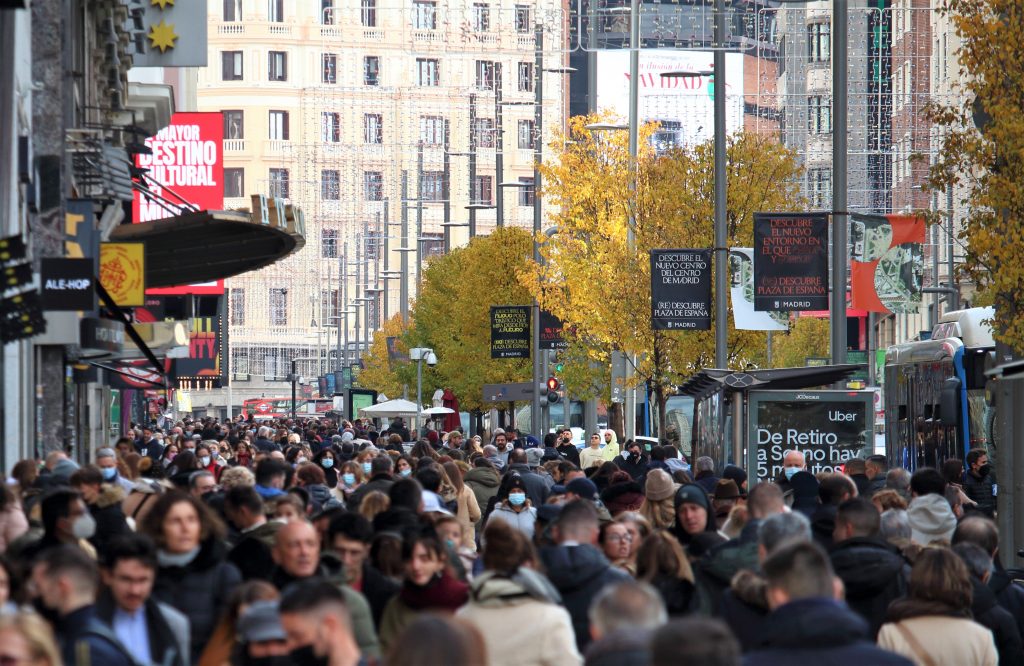INFLUENCE OF URBAN TRAVEL APPS ON TRAVEL BEHAVIOUR
U-MOVE aims to study the impact of the use of urban travel apps (Google Maps, Citymapper, Moovit, Google Fit, Uber, EasyPark, Lime, etc.) on the reduction of car use in the periphery of cities.

BACKGROUND

The classic Behavior Change Programs (i.e., non-technology-assisted or very rudimentary technology-assisted) implemented over the past decades have been shown to help reduce car use, but their effects over the participants are small and there is great difficulty ‒ economic and logistical terms ‒ in applying them to large population groups.

The widespread use of smartphones can overcome the limitation of affecting large population groups. Travel apps are a promising tool to change travel patterns.

Non-users tend to have a notable misperception about public transport. Urban travel apps can easily provide accurate and useful information about travel alternatives (both real and non-real time).

Some of the features of apps can be used to persuade people to drive less (i.e., providing personalized advice or feedback on travel behavior, or comparing travel behavior among app users to generate social motivation).